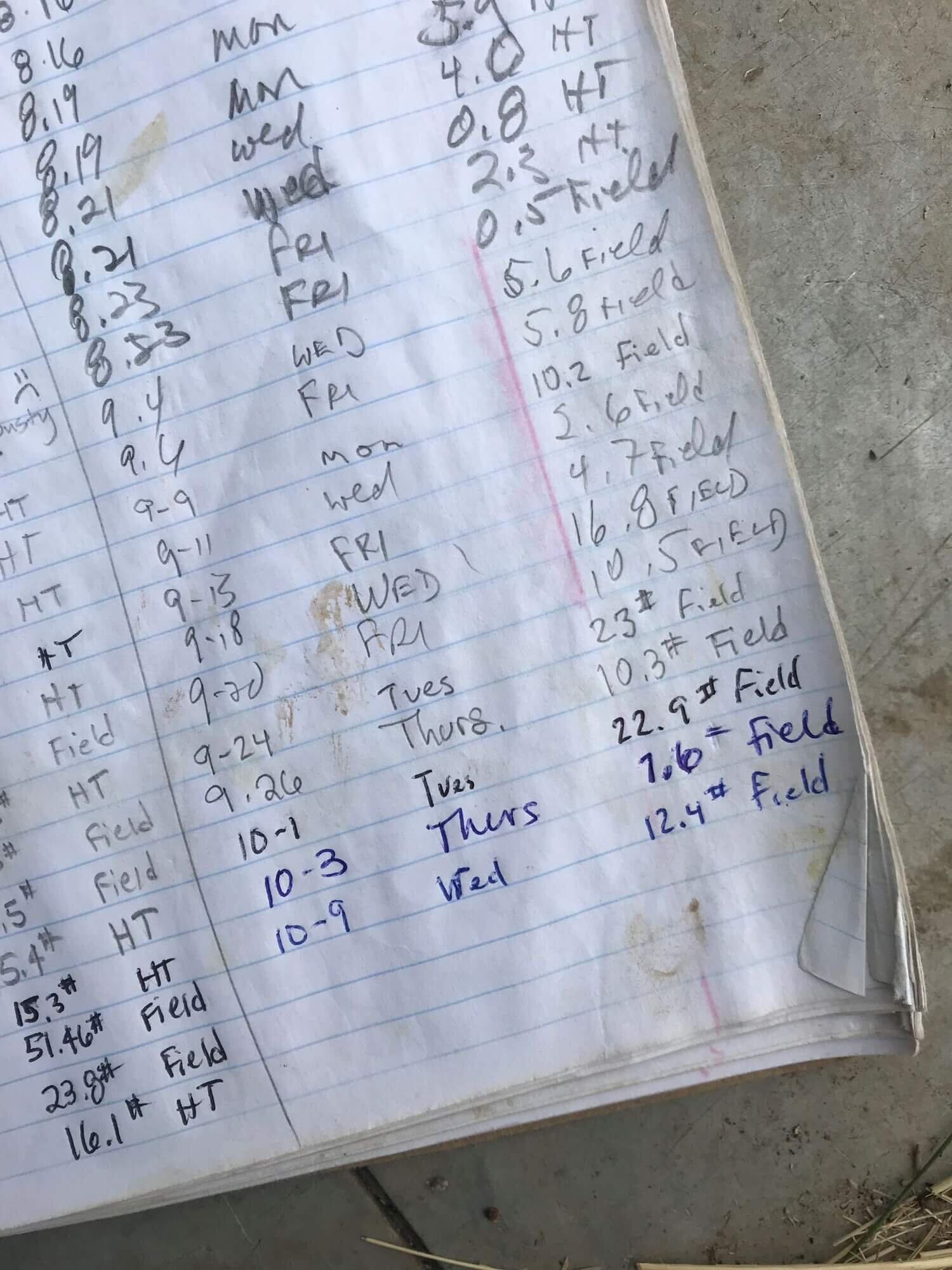The Soil Health Roadmap
Diversified, organic producers face particularly acute challenges when it comes to soil health. We struggle with the often overwhelming number of variables, lack of applicable research, and sometimes unhelpful advice. Making quality decisions requires a solid understanding of the context of the situation. And context is exactly what is lacking in much of the present research and education materials available to farmers.
The background
Before I created my Soil Health Roadmap, I worried about my short term decisions and the impact to long term soil health. Without a cohesive process, land stewards such as myself are forced to address our concerns in an ad-hoc manner that does not necessarily ensure the long range stability required to keep our operations viable in the face of a changing climate.
Diversified farmers need much more than a generalized set of guidelines for managing soil health. We need a comprehensive, structured approach to understanding the drivers of soil health within the context of our specific operation. Just as a balance sheet is unique to a business, so must be our strategic plan and recommendations for improving soil health.
Stewardship-focused farmers intuitively understand soil health is the fundamental basis of farm health. Healthy soils are characterized by good structure and tilth, properties that promote aeration, water infiltration, and strong root growth. Healthy soils also have a sufficient and renewing source of soil organic matter—which provides plant-available nutrients—and supports a thriving community of macro and microbiota. Not only do healthy soils increase crop vigor, they can also enhance crop resilience to abiotic (e.g., drought and extreme fluctuations in temperature) and biotic stresses (e.g., pests and pathogens).
Despite the many benefits associated with healthy soils, building soil health is not straightforward. This is particularly true for farmers managing diversified operations. Moreover, there is no one prescriptive path that will improve soil health for all agricultural operations. Due to these intrinsic challenges, the goal of improving soil health is too often deferred or addressed in a piecemeal way. One strategy for overcoming these challenges is to build a soil health roadmap that is tailored to your specific operation.
What is a Soil Health Roadmap?
My premise was simple. Farmers inherently understand the value of financial, cropping, and marketing plans. I sought to collaborate with researchers to develop a comprehensive strategic plan that focused on one of the truest forms of equity and agricultural stability: soil health.
In 2017, thanks to a grant from the Washington State Soil Health Committee and Clark Conservation District, I develop a systems-based framework to help diversified producers improve the health of their soil. In 2018 I wrote a Soil Health Roadmap for April Joy Farm. In 2019 I published a Soil Health Roadmap Case Study For Diversified Producers, which you can download here.
I also wrote a series of articles which delve into specific aspects of the Soil Health Roadmap framework. Scroll down to read them all!
Do you want to create a Soil Health Roadmap for your operation?
A Soil Health Roadmap is intended to provide you with a comprehensive view of your farm operations from the perspective of its creator: the living soil. The overall goal of the Soil Health Roadmap is to increase your confidence and empower you to make strategic operational changes that create long-term resilience and improved health for yourself, your family, and the farm you steward.
I encourage any diversified producers interested in this work to sign up for updates about this project. Ideally, with adequate funding, I would partner farmers with technical advisors and experienced practitioners to help develop custom soil plans that focus on sequestering carbon, improving soil health and supporting the viability of diversified sustainable farm businesses.
Chapter 1: Five Great Reasons to Create a Soil Health Roadmap for Your Diversified Farm
Chapter 2: The Five Main Elements of a Soil Health Roadmap
Chapter 3: Eight Thoughts On Setting Farm Goals for your Soil Health Roadmap
Chapter 4: The Self-Land-Community Framework for Diverse Farms
Chapter 5: Assessing Soil Health on Your Diversified Farm
Chapter 6: Seven Steps to Preparing a Systems Nutrient Budget for Your Diversified Farm
Chapter 7: Management Plan (NFMP) - An Overview of 4 Key Components
Chapter 8: Three Steps to Improving Your Crop or Livestock Rotations and Building Soil Health
Chapter 9: Three Steps to Improving your Cover Cropping Program and Building Soil Health
Chapter 10: Organic Materials: 3 Steps to Reducing Costs and Improving the Health of Your Soil
Chapter 11: Evaluating Machinery and Equipment with Respect to Soil Health
Chapter 12: Examining the Connection between Soil Health and Your Carbon Footprint
Chapter 13: Evaluating and Implementing Your Soil Health Roadmap Recommendations
Chapter 14: How to Update Your Soil Health Roadmap















